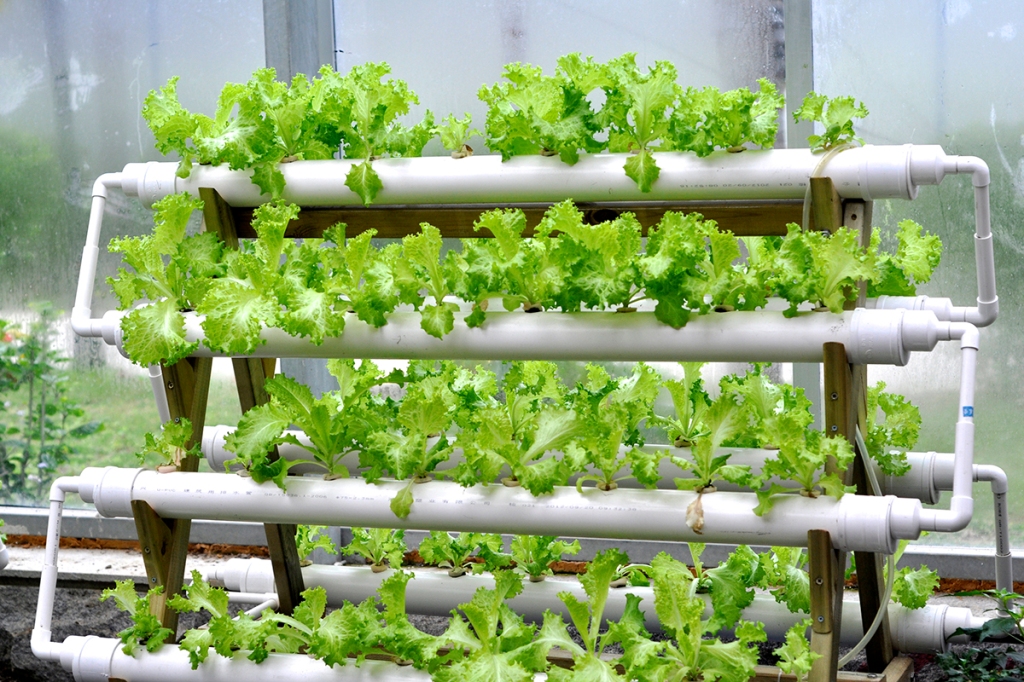Choosing the Right Hydroponic System
Hydroponics is a method of growing plants without soil, using nutrient-rich water as a substitute. This innovative technique has gained popularity among homesteaders and rural dwellers who want to grow their own fresh produce year-round. By providing plants with optimal nutrition and eliminating the need for soil, hydroponics offers several advantages over traditional gardening methods. However, with various types of hydroponic systems available today, it can be overwhelming to decide which one is right for your needs. In this article, we will explore different factors to consider when choosing a hydroponic system.
1. Space Availability
One crucial factor to consider when selecting a hydroponic system is the amount of space you have available. The size of your indoor or outdoor area will determine which type of system you can accommodate.
a) Nutrient Film Technique (NFT):
If you have limited space but still wish to enjoy the benefits of hydroponics, NFT might be ideal for you. This system relies on a continuous flow of nutrient-rich water that flows through narrow channels where plant roots are suspended. As the name suggests, there is only a thin film of nutrient solution flowing past each root zone.
b) Deep Water Culture (DWC):
DWC systems require more space than NFT due to their use of large containers filled with aerated nutrient solution where plant roots dangle freely in the liquid medium. These setups are suitable if you have ample room indoors or outdoors to accommodate larger containers.
c) Drip Irrigation:
This type of system requires even less space than DWC since it uses individual pots or trays where plants are grown with an irrigation line feeding them nutrients drop by drop. Drip irrigation works well in small spaces like balconies or patios where vertical growth systems can maximize limited square footage.
2. Plant Variety and Size
Another important consideration when choosing a hydroponic system is the type and size of plants you intend to grow. Different systems cater to specific plant varieties.
a) Aeroponics:
Aeroponic systems are ideal for growing delicate plants with fine root structures, such as lettuce or herbs. In this system, plant roots are suspended in air while being periodically misted with a nutrient solution. This method provides maximum oxygenation to the roots but may not be suitable for larger plants like tomatoes or peppers due to their extensive root systems.
b) Ebb and Flow:
Ebb and flow systems, also known as flood and drain systems, can accommodate a wide range of plant sizes. These setups consist of trays filled with a growing medium where nutrient-rich water floods the tray periodically before draining away. The flexibility of ebb and flow makes it suitable for a variety of crops from small leafy greens to larger fruit-bearing plants.
c) Wick System:
If you plan on growing smaller plants like herbs or ornamental flowers, wick systems offer a simple yet effective solution. This system utilizes capillary action through absorbent wicks that draw up nutrients from a reservoir into the growing medium where the plant roots reside.
3. Maintenance Requirements
Different hydroponic systems have varying maintenance needs in terms of monitoring nutrient levels, pH balance, water temperature, and overall upkeep.
a) Drip Irrigation:
Drip irrigation requires regular monitoring since clogged drippers can affect water distribution among different pots or trays. Additionally, periodic cleaning is necessary to prevent algae growth within tubing or emitters.
b) NFT:
NFT requires constant attention as any interruption in the flow of nutrient-rich water could lead to drying out or wilting of plant roots since there is no buffer medium like soil involved.
c) Deep Water Culture (DWC):
DWC demands regular monitoring of oxygen levels within the nutrient solution since inadequate oxygenation can lead to root rot issues. Maintaining dissolved oxygen levels is crucial in DWC systems.
4. Budget and Cost
The cost of setting up a hydroponic system can vary greatly depending on the type of system, size, and complexity involved. It’s essential to consider your budget before making a decision.
a) Wick System:
Wick systems are among the most affordable options since they require minimal equipment and no electricity for water circulation or air pumps.
b) NFT:
NFT systems tend to be more expensive due to the need for specialized channels, pumps, timers, and monitoring equipment. However, these costs can be offset by their higher productivity potential.
c) Aeroponics:
Aeroponic setups often come with a higher price tag compared to other systems due to their advanced misting mechanisms and complex oxygenation requirements.
5. Expertise Level
Lastly, your level of experience in hydroponic gardening should also influence your choice of system. Some setups are more beginner-friendly than others.
a) Drip Irrigation:
Drip irrigation is one of the simplest hydroponic methods suitable for beginners as it requires less technical knowledge and maintenance compared to other sophisticated setups like aeroponics or NFT.
b) Deep Water Culture (DWC):
DWC systems are relatively easy to set up but may require some understanding of nutrient balance and dissolved oxygen levels. Beginner-friendly kits are available that simplify the process further.
c) Ebb and Flow:
Ebb and flow systems offer flexibility while still being accessible for novice growers who want to experiment with different plant varieties without extensive technical knowledge requirements.
By considering factors such as space availability, plant variety, maintenance needs, budget constraints, and expertise level when selecting a hydroponic system, you will be able to make an informed decision that suits your homesteading goals. Remember that each method has its own advantages and limitations; therefore choosing the right system will help you achieve successful year-round cultivation regardless of your location or living circumstances.


Leave a comment